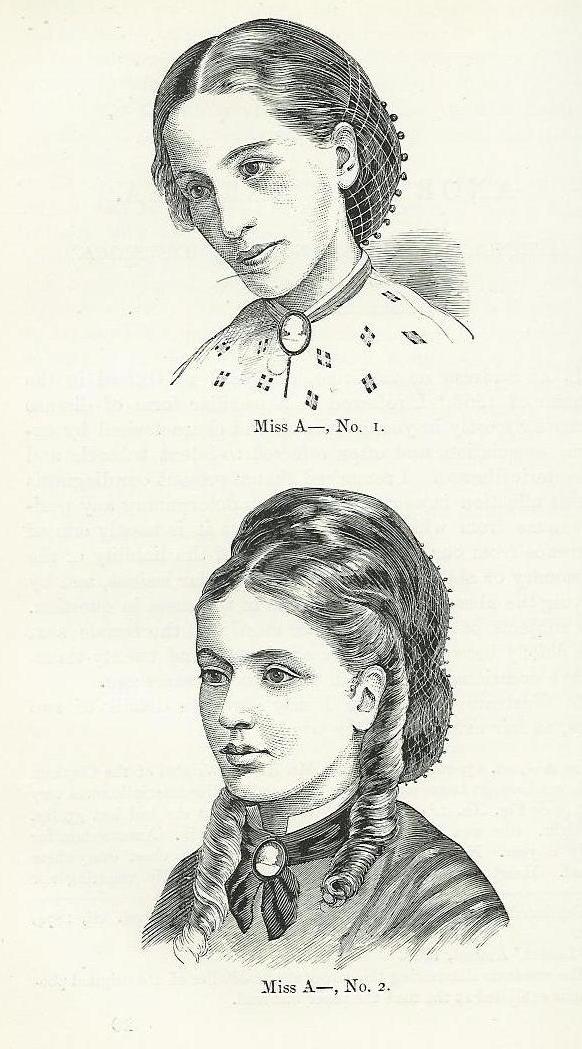
Anorexia nervosa is one type of eating disorder. Anorexia does not harm everybody the same way. For example, evidence suggests that the results of the disease in adolescents may differ from those in adults. It usually starts in the teenage years. Anorexia is more than just a problem with food. most people with anorexia are female. It is characterized by low body weight and body image distortion with an obsessive fear of gaining weight. Individuals with anorexia often control body weight by voluntary starvation, purging, vomiting, excessive exercise, or other weight control measures, such as diet pills or diuretic drugs. Anorexia is a life-threatening condition that can put a serious strain on many of the body’s organs and physiological resources. For many individuals with anorexia, the destructive cycle begins with the pressure to be thin and attractive. A poor self-image compounds the problem.
Anorexia is a condition that goes beyond out-of-control dieting. Treatment will vary depending on the individual circumstances. Women who develop this eating disorder at an early age have a better chance of complete recovery. Anorexia nervosa is a life-threatening illness, and should be treated as soon as possible. It tends to occur in post-puberty, but can develop at any major life change. People with anorexia nervosa usually lose weight by reducing their total food intake and exercising excessively. Many persons with this disorder restrict their intake to fewer than 1,000 calories per day. Persons with anorexia nervosa develop strange eating habits such as cutting their food into tiny pieces, refusing to eat in front of others, or fixing elaborate meals for others that they themselves don’t eat. There is no one single treatment that has proven to be effective in all cases. in some cases, medication is necessary, especially where there is depression or serious compulsive symptoms.
Causes of Anorexia nervosa
The exact cause of anorexia nervosa is not known. Traumatic events like rape as well as stressful things like starting a new job, can lead to the onset of anorexia. Genes, hormones, and chemicals in the brain may be factors in developing anorexia. Eating disorders also tend to run in families, with female relatives most often affected. A girl has a 10 to 20 times higher risk of developing anorexia nervosa, for instance, if she has a sibling with the disease. Behavioral and environmental influences may also play a role. Stressful events are likely to increase the risk of eating disorders as well.
Symptoms of Anorexia nervosa
Symptoms of anorexia nervosa include:
1. Extreme dieting, including skipping meals or extended fasting.
2. Self-esteem that depends on weight and appearance.
3. Skin dryness or flakiness.
4. Brittle nails and hair.
5. Intolerance to cold.
6. Poor concentration.
Treatment of Anorexia nervosa
Treatment will vary depending on the individual circumstances. in some cases, medication is necessary, especially where there is depression or serious compulsive symptoms. Some form of psychotherapy is needed to deal with underlying emotional issues. Cognitive-behavioral therapy is sometimes used to change abnormal thoughts and behaviors. Group therapy is often advised so people can share their experiences with others. Family therapy is important particularly if the individual is living at home and is a young adolescent. if the weight loss becomes serious admission to hospital may be required. Severe and life-threatening malnutrition may require intravenous feeding.
Juliet Cohen – About the Author:
Juliet Cohen writes articles for cancer treatment.